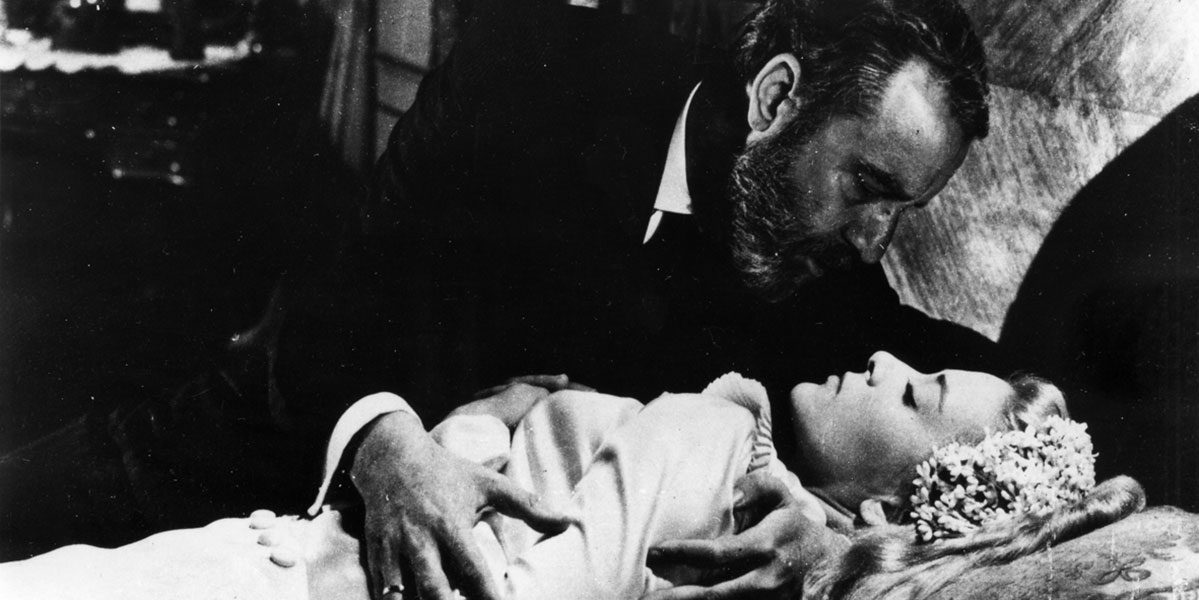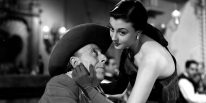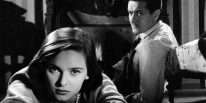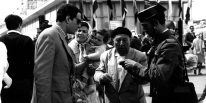Viridiana
Luis Buñuel / Spain / 1961 / 90 min

Related Films
 Welcome Mister Marshall!(¡Bienvenido Mister Marshall!)Luís García BerlangaThe witty, multi-layered and subversive Welcome, Mr Marshall! – a watershed in Spanish cinema history – captures the intrigues and insecurities ...
Welcome Mister Marshall!(¡Bienvenido Mister Marshall!)Luís García BerlangaThe witty, multi-layered and subversive Welcome, Mr Marshall! – a watershed in Spanish cinema history – captures the intrigues and insecurities ... Death of a Cyclist(Muerte de un Ciclista)Juan Antonio BardemAn adulterous couple hit a cyclist while driving on a deserted highway. Bardem’s most celebrated solo effort centres on the angst of an adulterous ...
Death of a Cyclist(Muerte de un Ciclista)Juan Antonio BardemAn adulterous couple hit a cyclist while driving on a deserted highway. Bardem’s most celebrated solo effort centres on the angst of an adulterous ... The Executioner(El Verdugo)Luís García BerlangaBerlanga’s most elegant film tells the story of a funeral-home employee who marries a government executioner’s daughter and – in order to get an ...
The Executioner(El Verdugo)Luís García BerlangaBerlanga’s most elegant film tells the story of a funeral-home employee who marries a government executioner’s daughter and – in order to get an ... Aunt Tula(La Tía Tula)Miguel PicazoA widower finds himself falling for his sister-in-law. For his intelligently staged debut feature – a film about women making decisions of whom to ...
Aunt Tula(La Tía Tula)Miguel PicazoA widower finds himself falling for his sister-in-law. For his intelligently staged debut feature – a film about women making decisions of whom to ...Spanish with English subtitles
Luis Buñuel’s Palme d’Or-winning masterpiece of subversive cinema. Awarded the Cannes Palme d’Or, this was Buñuel’s sole interruption of his post- Civil War exile. The film was banned upon release due to its anticlerical images, notably Buñuel’s famous parodical shot of Leonardo Da Vinci’s painting, The Last Supper. Viridiana centres on an idealistic, devout young nun who, before taking her final vows, visits her wealthy uncle Don Jaime, who has ’selflessly’ provided for her over the years… Buñuel critiques the double standards of the Church and power- elite, and fills the most mundane gestures with erotic intent.The picture Buñuel made of his country’s plight is replete with symbolism of what Spain had become, a warning of what it might be in a world gone mad. Viridiana may be a compelling shocker, but it is also a beautifully made picture with wonderful visuals, and the shock it gives may be virtually necessary to its meaning. Buñuel himself expressed it well when he said, “The sense of film is this: that we do not live in the best of all possible worlds.” Unreleased in Spain until 1976, and only recognised as a Spanish film in 1984, Viridiana remains a masterpiece of subversive cinema.
About the Director
Fernán Gómez, Fernándo